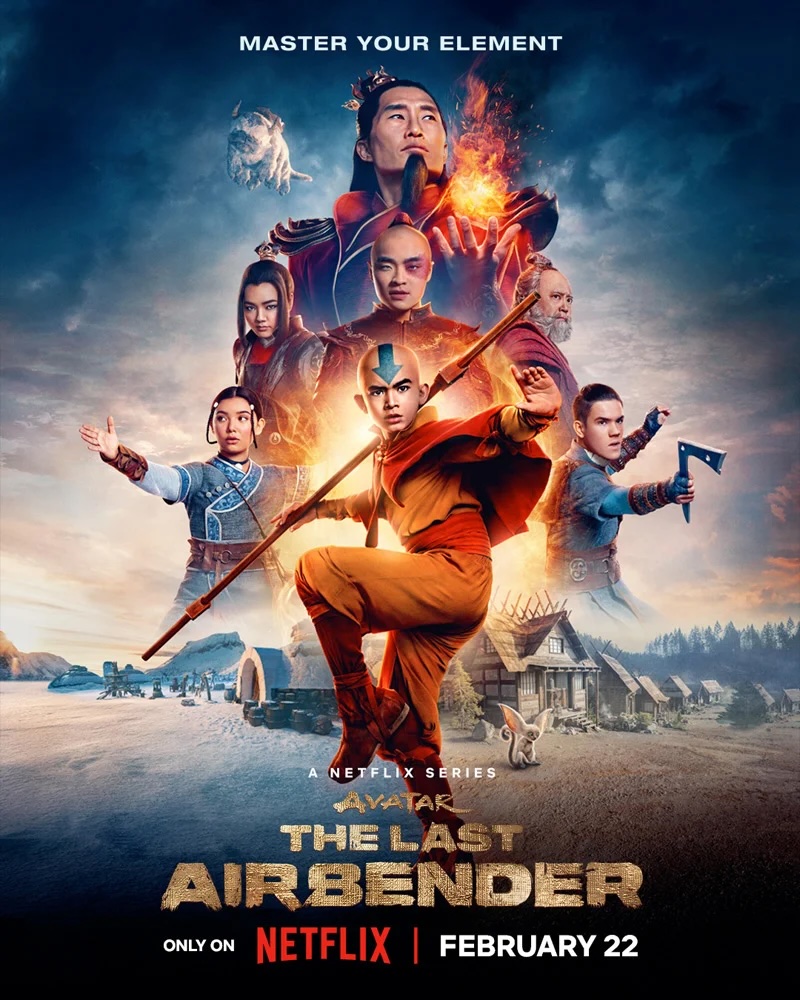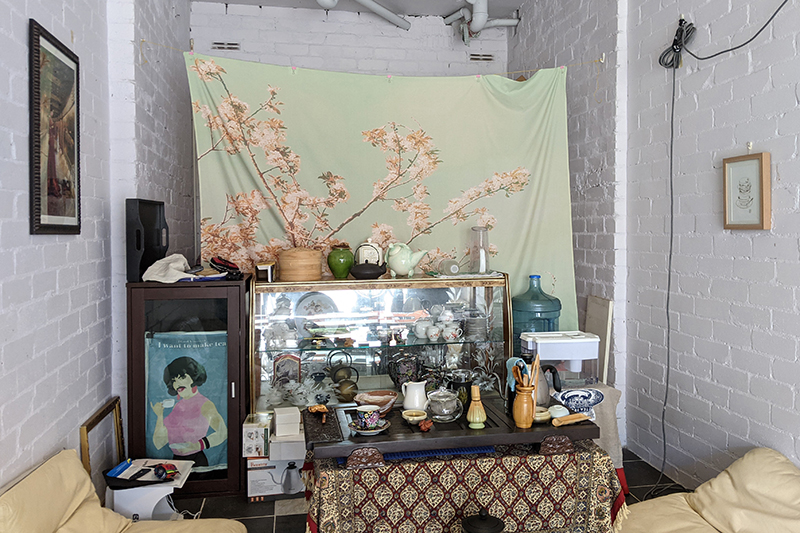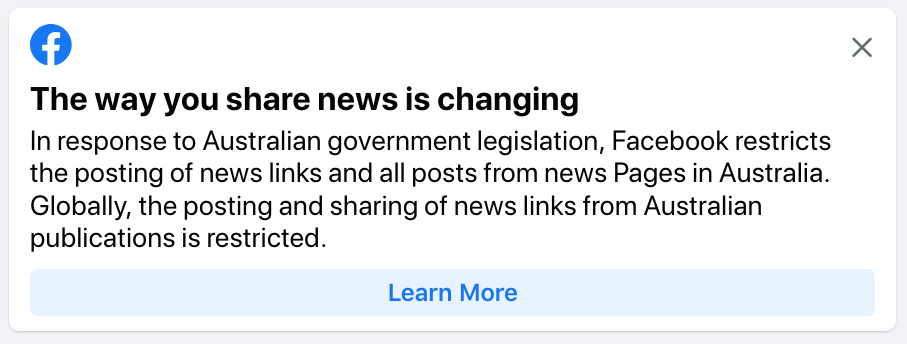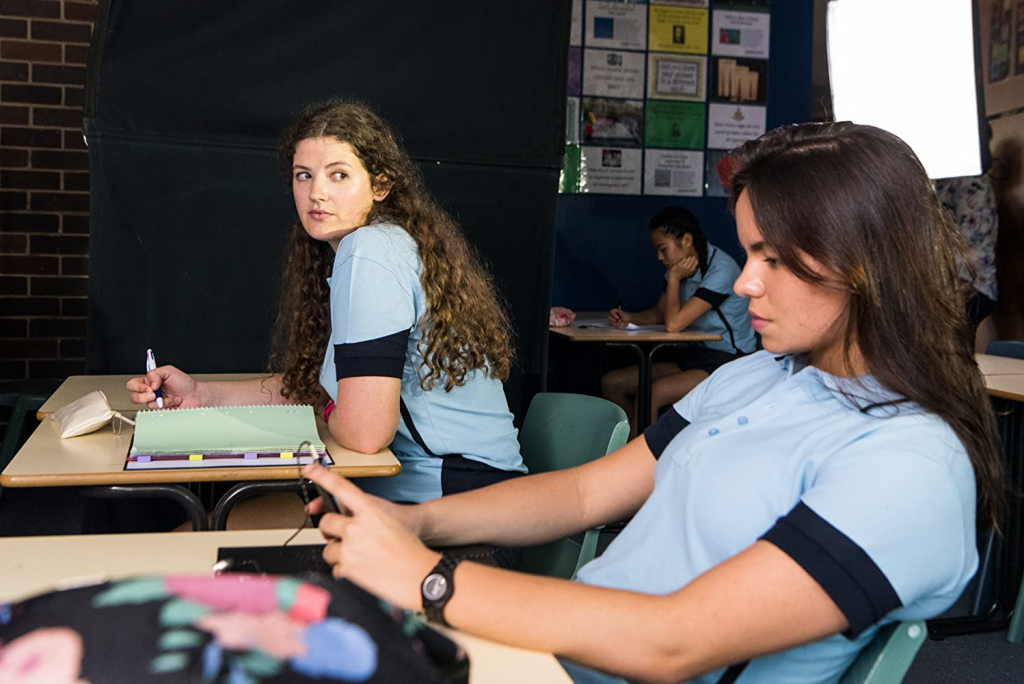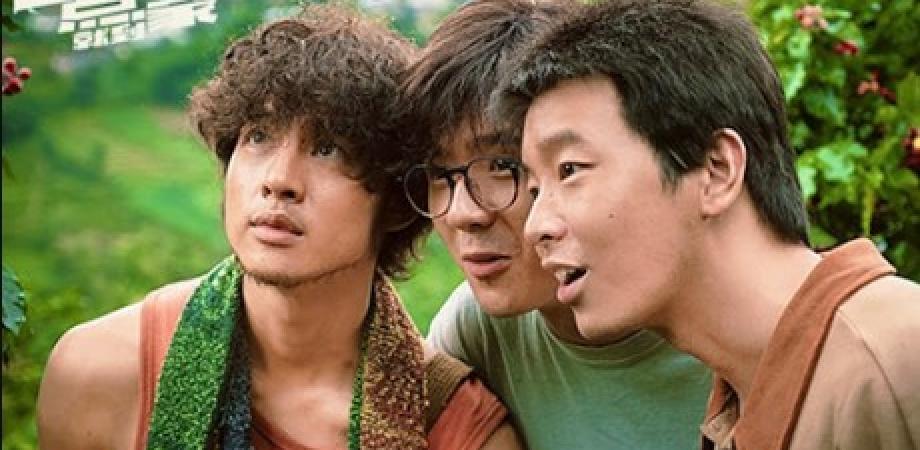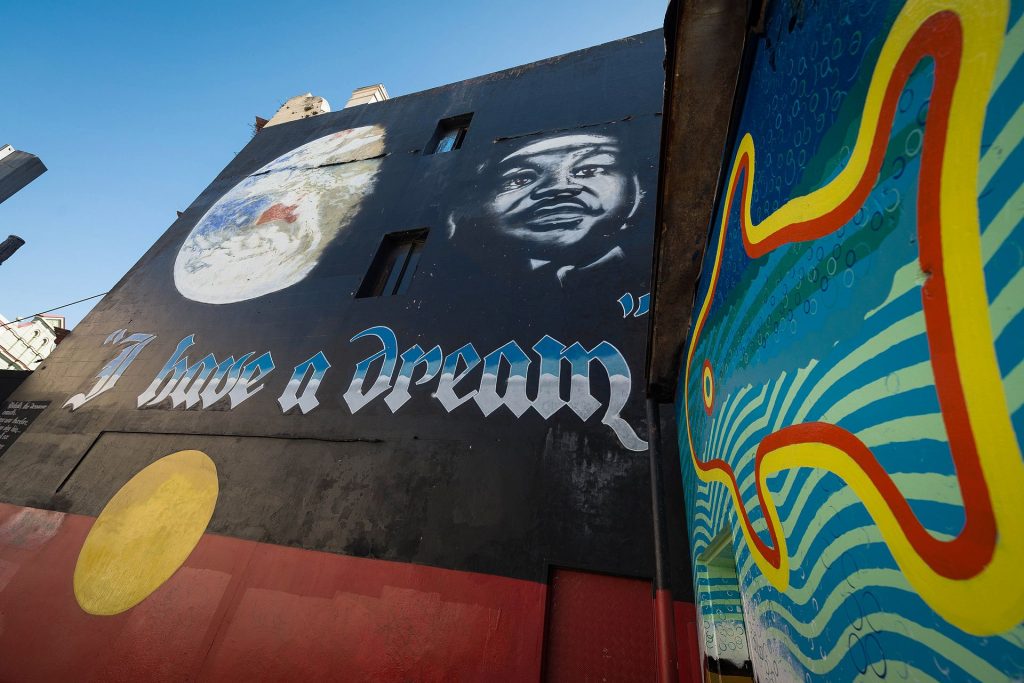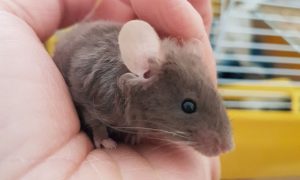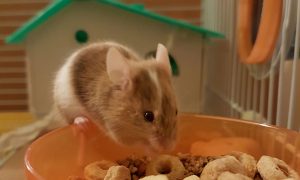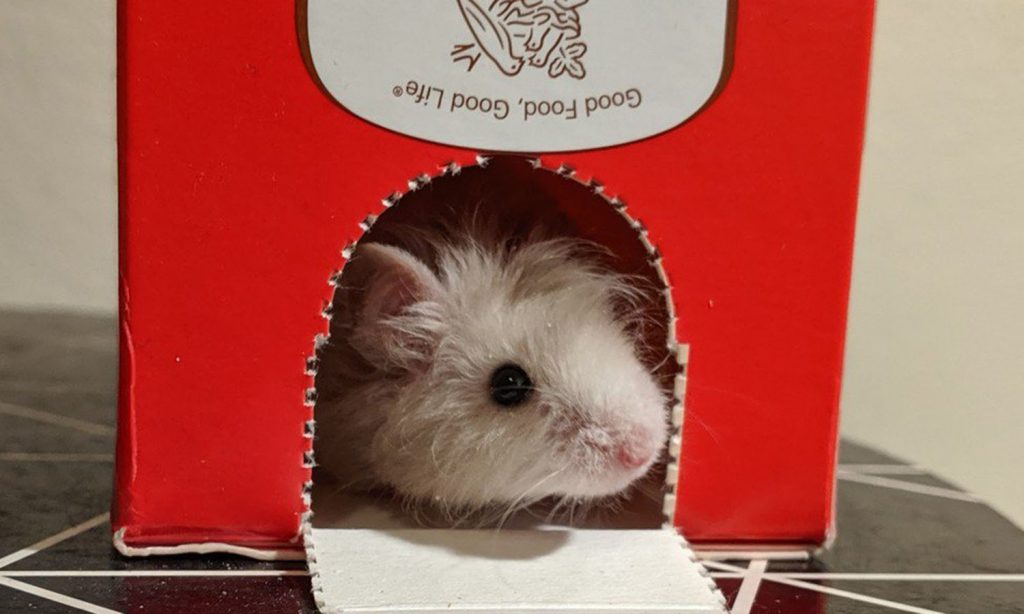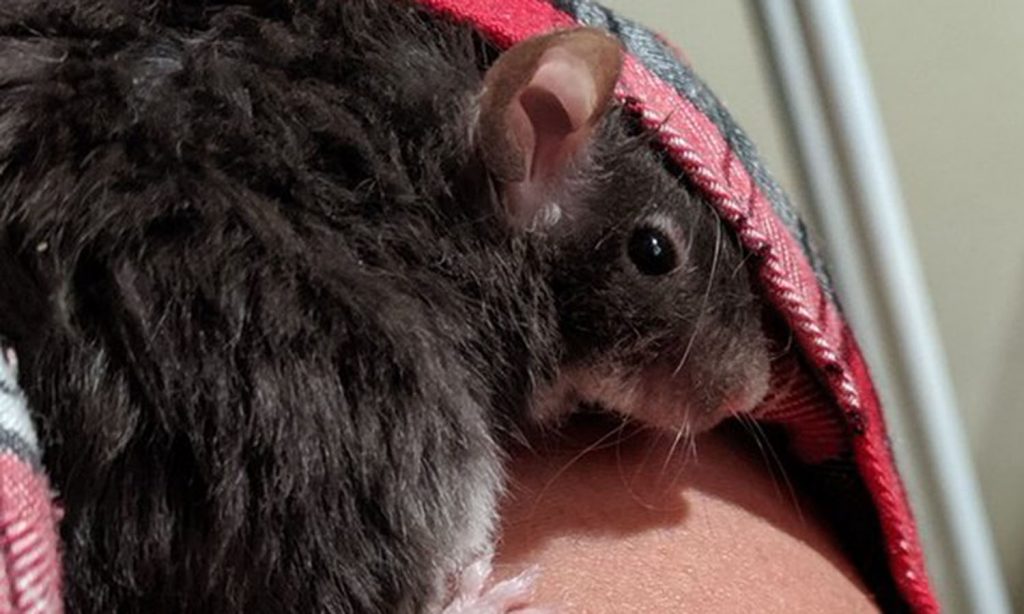Crawling with books
Way back in April I read an article in Broadsheet about the Global Book Crawl, an event promoting indie bookstores, and very quickly decided I would do my best to visit as many as I could in the time that I had – and I threw in an accompanying visit to a nearby tea shop as an incentive.
While I did have a list of books I’d been meaning to get, plus four niblings to buy gifts for (I am Book Aunty), I was also happy to be led by the shops’ selections and displays.
Here’s what happened.
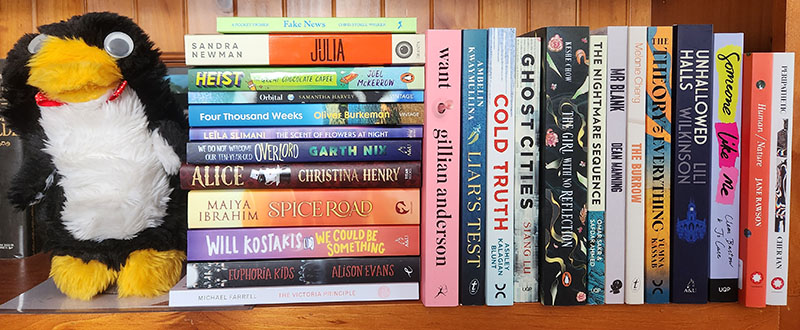
Monday 21 April
This was a public holiday (Easter Monday) and not all the stores were open, and many had reduced hours so I decided to start in Newtown and walk into the city via Glebe as all those bookshops along the route seemed to be accessible.
STOP 1) Obtained my passport and got my first stamp at Better Read than Dead in Newtown. I used to visit the store more often when I lived in Summer Hill (ie the inner west) and went to a lot of the author events. They have a decent selection of popular titles but also, given the location, you can expect a lot of progressive material as well.
Bought: The Nightmare Sequence by Omar Sakr (have all of his poetry collections to date) and Mr Blank by Dean Manning (long-time fan of his ’90s-’00s band Leonardo’s Bride).
Tea break: Rising Sun Workshop. It’s a motorcycle garage and ramen restaurant but it also serves T Totaler tea so I had a pot of the Rising Sun blend and a plate of gyoza and since it was a public holiday, it was 15% extra (ouch).
STOP 2) Walked the 2km to Gleebooks in Glebe. They actually had both the Glebe and Dulwich Hill stores on the list but I felt it was cheeky of them to have two bites of the cherry. Also, I knew Sydney Writers’ Festival was coming up and as they are the main bookstore, I figured I would buy more come May (no lies detected). This is quite a large store spread deep and over a couple of levels plus a mezzanine. Upstairs there’s a substantial art book section.
Bought: Orbital by Samantha Harvey (a spec-lit novella with long reserve queues at the library) and The Burrow by Melanie Cheng (ostensibly for book club, but it was a session I couldn’t actually go to).
Tea break: No tea break as I was still full from gyoza, but Gleebooks does have its own cafe! I tried to go to Bruce en route to the city but it was closed due to the public holiday.
STOP 3) Abbey’s in the city I go to occasionally – or, more accurately, I go through Abbey’s to get to Galaxy, which is its speculative fiction specialty store upstairs. I’ve also bought language books from the dedicated language section, which gives you a flavour of what it offers. It’s quite crammed and eclectic but surprisingly easy to find the kinds of books you want to browse. My Sydney Writers’ Festival volunteer colleague Amelia stamped my passport. I didn’t even know she worked there.
Bought: Spice Road by Maiya Ibrahim (tea-adjunct book recommended by a writer friend who used to work at Hachette) and Alice by Christina Henry (because I love Alice’s Adventures in Wonderland and its spinoffs).
Tea break: The Palace Tea Room. In my opinion better than The Tea Room QVB upstairs; though the setting is not as grand, it’s still a beautifully appointed room and the scones are terrific. They serve Harney & Sons tea.
STOP 4) Kinokuniya in the Galeries Victoria is probably the bookstore I go to the most because it’s fucking enormous and it’s so conveniently located. I’m actually surprised it got counted as an indie bookstore given that it’s an international chain. I used to have a membership there because the only books I allowed myself to buy were tea books and they had a sizeable tea book selection but since the new tea books dried up, I haven’t renewed it. Still, they have a decent spec fic selection and probably the most comprehensive Australian poetry area that I know of. Also, if you like graphic novels, eat your heart out.
Bought: Ghost Cities by Siang Lu (TWO book clubs chose this book) and The Girl With No Reflection by Keshe Chow (for my 16yo niece because I failed to get her a ticket to the romantasy session at the Sydney Writers’ Festival).
Tea break: Dulcet is located in Kinokuniya and leans ‘Japanese dessert cafe’ so I had a matcha soft serve and a hojicha latte.
Tuesday 22 April
I went on a day retreat. It was a bit of a shemozzle (but I did get some relaxing done?) and its location meant I couldn’t get to any bookstores.
Wednesday 23 April
Had a work shift scheduled for 11am in Chatswood so I decided to tackle the north shore.
STOP 5) I’d never been to, nor heard of, Three Sparrows in Mosman. It’s a tiny bookstore that seems to cater to a fairly narrow demographic. It had some very pretty books and an okay kids section but nothing that appealed to me from a studied browse.
Bought: Pocket Pickler by Alex Elliott-Howery (resorted to the only recipe book on my list – for a friend – because I couldn’t find anything I wanted).
Tea break: Had breakfast at August the Old Place up the road but the tea was disappointing so I’m not going to link to it.
STOP 6) Dashed from Chatswood to Constant Reader in Crows Nest (thank you, metro!) on my lunch break. There are two Constant Reader stores next to each other: one is dedicated to kids books, the other to everything else. I actually ended up in the kids one first by accident.
Bought: Unhallowed Halls by Lili Wilkinson (for the 16yo niece again) and Theory of Everything by Yumna Kassab (an acquaintance whose eclectic interests make her books a serendipity of ideas).
Tea break: No tea break, had to get back to work asap.
Thursday 24 April
Worked from home, and then went straight to the theatre to see Hadestown, so not even a chance to visit a bookstore open late.
Friday 25 April
In addition to being yet another public holiday (Anzac Day), I had also scheduled a bushwalk with my walking group. No bookstores visited today.
Saturday 26 April
Many who know me might recall that I never venture east unless I have to. Nothing for it, though – four easily accessed indie bookstores to crawl in half a day.
STOP 7) Gertrude & Alice near Bondi Beach is a strange one to have on the list because it sells both new and secondhand books. It’s crammed full of a bit of everything more or less ordered by genre, though you have to dig if you want something specific. It also has its own cafe, which seemed to be more popular than the book part of the store.
Bought: The Scent of Flowers at Night by Leila Slimani (read The Country of Others and Watch Us Dance recently and found her an interesting writer) and Peripathetic by Cher Tan (have always enjoyed her essays).
Tea break: Gertrude & Alice’s signature chai, which was a bit too milky for my liking to be honest.
STOP 8) Took a bus to Paddington and visited Ariel, which I hadn’t been to for literal decades. It’s quite arty and a tad intellectual. I also scored some merch!!! They stamped my passport and gave me a Global Book Crawl tote bag, which I hadn’t been offered before despite spending money everywhere.
Bought: Fake News by Chris Stokel-Walker (a must for a former media student) and Four Thousand Weeks by Oliver Burkeman (borrowed this from the library after a recommendation by a friend and it was very good and now I’m buying a copy for everyone else).
Tea break: Matcha latte and vanilla slice at Chez Alex.
STOP 9) Walked to The Bookshop Darlinghurst. I don’t think I’d ever been inside, though it looked familiar from the outside. It is very queer! Get your queer books here! The bookseller was also super friendly.
Bought: Euphoria Kids by Alison Evans (Alison runs one of the four book clubs I attend and I meant to get this one ages ago), The Victoria Principle by Michael Farrell (genuine bookstore promo sell: sounded interesting) and Someone Like Me edited by Jo Case and Clem Bastow (I follow both these writers on socials and found out about the book there).
Tea break: No tea break, still fuelled by the matcha latte.
STOP 10) And finally I get to a neighbourhood I know better: Potts Point. The Potts Point Bookshop is deeper into the neighbourhood than Ms.Cattea Tea Bar, my usual haunt in this suburb, but I wanted to end the day with tea so off I trekked to the bookstore first. It’s on the smaller side of the bookshops I’ve seen and everything is quite tight. There seemed to be a sizeable architecture/interior design selection and a number of foodie-leaning shelves.
Bought: We Could Be Something by Will Kostakis (generally enjoy his books, didn’t realise this was out).
Tea break: A proper brew at Ms.Cattea Tea Bar. Cathy was in Japan at the time and Roger was doing his best to satisfy a thirsty Saturday arvo crowd (and dealing admirably). I had a ginger flower dancong and rested my weary feet.
Sunday 27 April
I already had an engagement on Sunday but fortunately it was in Balmain so I was able to fold in a visit to the two bookshops in the area before it.
STOP 11) Hill of Content seemed sprawling on the inside but there was order to the madness and I picked up a few of the more stubborn items on my list that I hadn’t been able to get elsewhere. Of all the bookshops, this one was probably the most “me”. I’m still not entirely sure if it’s Hill of Content (satisfaction) or Hill of Content (informational material).
Bought: Julia by Sandra Newman (1984 told from her point of view), Heist by Joel McKerrow (Sydney Writers’ Festival author – autograph hunting for my 9yo niece), Human/Nature by Jane Rawson (love her work) and Liar’s Test by Ambelin Kwaymullina (haven’t decided whether to keep this or give to niece).
STOP 12) I did a profile on Roaring Stories when it changed hands a couple of years ago (for 2041 ie Neighbourhood Media) so it was nice to see the store in the flesh. It’s a neat space, very cleanly delineated and well-lit so it was a pleasure to walk around in.
Bought: We Do Not Welcome Our Ten-Year-Old Overlord by Garth Nix (one for the 8yo niece), Cold Truth by Ashley Kalagian-Blunt (another acquaintance with another new book out), Want collected by Gillian Anderson (genuine bookstore promo pickup), Roll of the Dice: Enchanted Forest by Lauren De Graaf (this one for the 5yo nephew as I’m not sure what his reading tastes are yet).
Tea break: Hosted two epic gongfu sessions at Cha is Tea, a secret tearoom above the Balmain Chinese Herbal Centre.
I’m sad I didn’t get to Umina Beach Book Nook. If I hadn’t gone to the retreat on Tuesday, I would’ve made a day of going up there because I love visiting the op shops around Woy Woy and Gosford. Bookoccino in Avalon was similarly difficult to wangle without supporting reasons for going that far deep into the northern beaches. Maybe a hike? Next year I hope I’ll have more advanced notice so I can plan better and bring some friends along.
